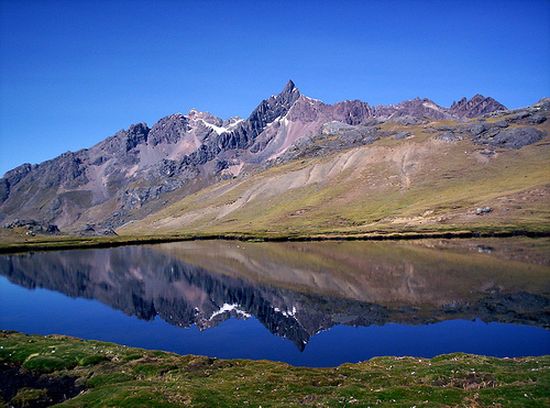Scientists
are a step close to predicting when and where earthquakes will occur after a
fresh look at the formation of the Andes ,
which began 45 million years ago.
Published
today in Nature, research led by Dr Fabio Capitanio of Monash
University ’s School of Geosciences
Dr
Capitanio said that although the theory had been applied only to one plate boundary
so far, it had broader application.
Understanding
the forces driving tectonic plates will allow researchers to predict shifts and
their consequences, including the formation of mountain rages, opening and
closing oceans, and earthquakes.
Dr
Capitanio said existing theories of plate tectonics had failed to explain
several features of the development of the world’s longest land-based mountain
chain, motivating him to take a different approach.
“We
knew that the Andes resulted from the
subduction of one plate, under another, however, a lot was unexplained. For
example, the subduction began 125 million
years ago, but the mountains only began 45 million years ago. This lag
was not understood, “Dr Capitanio said.
“
The model we developed explains the timing of Andes
formation and unique features such as the curvature of the mountain chain”.
Dr
Capitanio said the traditional approach to plate tectonics, to work back from
date, resulted in models with strong descriptive, but no predictive power.
“Existing
models allow you to describe the movement of the plates as it is happening, but
you can’t say when they will stop, or whether they will speed up, and so on.”
“I developed a three-dimensional,
physical model- I used physics the behaviour of tectonic plates. Then, I
applied data tracing the Andes back 60 million
years. It matched.”
Collaborators on the project were Dr
Claudio Faccenna of University Roma Tre, Dr Sergio of UPC-Barcelona Tech, and
Dr David R Stregman of University
of California San Diego

Nessun commento:
Posta un commento